Confiture, Preserves and Canning 1.0
https://genevaways.com/kdzmsw2in1 Do you have memories of grandma’s fabulous preserves? Did your mom can fruits and vegetables when you were a child? If you grew up in a rural setting then the answer to these questions is probably yes. I have fond memories of running down the cellar stairs to get another pot of jam for breakfast. In France, preserves or jam are called confiture, which comes from the verb confiture meaning “to preserve” and it is served the same way. A typical French petit déjeuner (breakfast) is coffee or café au lait (coffee with hot milk) with baguette, biscotte or croissant with butter and confiture.
https://www.thevampiresource.com/c45gpho7n 
https://estherbarniol.com/dfwdunt If you can boil water and can handle a timer, you can make confiture! I am here to show you how to make the perfect one. First find seasonal growing charts for the area in which you live. Search on the Internet: “vegetable and fruits in season + your country name”, and you should easily find a list of vegetables and fruits in season for your region. This will help you determine what is in season and therefore when it is at the lowest price and best flavour. You do not want fruit out of season as it won’t be the best quality and the price will be high. Confiture should never cost a lot of money when homemade.
https://serenitycareandcompassion.com/nuanumzdk6
watch https://www.doktressmelange.com/2025/06/17/1suu9e7 Confiture & Preserves
- Buy locally grown fruit or berries, you want them to be sweet and full of flavour. Do not hesitate to ask for a sample at your local market or producer. They are always happy to oblige and this will also help with determining the quality of your product.
- Ideally use fruits from organic farming to avoid pesticides present on the skin and sometimes in the fruit.
- Wash and clean your fruits well. I tend to put mine in a bath of water and let them sit for a few minutes. Giving a good hand rinse and then draining them in a colander. You can place them on a clean tea towel and cover with another towel to dry. You do not want extra water.
- Cut them into pieces, if necessary remove the skin and de-pit them. For fruits like pear I leave the skins on, for peaches I cut a cross into the top of the peach, drop them into a vat of hot water to blanche them for 1 minute then directly into an ice bath. You can easily pull the skin off from the cross cut you made earlier.
- Add sugar; Most recipes call for equal parts sugar and fruit. I am a firm believer that this is way too much sugar, especially if you are dealing with ripe fruit. For 1kilo of fruit I use 200 to 400grams (1 or 2 cups) of sugar. Pour it over the fruit, mix well. At this point you may add your spices or alternative flavours such as green tea, mint, ginger or basil to and seal in a container. Place in the refrigerator. You are now macerating your fruit, a process where you soften the fruit while it releases its own juices.
- The next day, stir the fruit and drain the syrup from the macerated fruit, leaving the fruit in the original container. Carefully measure how much you have and then place in a saucepan. Heat on medium-high until you have a nice boil. Stir occasionally and reduce until you have half the liquid. Let cool somewhat and then pour back over the reserved fruit. Stir, cover and refrigerate.
- The next day, empty the entire contents into a very large wide saucepan. You want a large cooking space for the liquids to evaporate quickly and the jam to thicken. Heat on medium high until you have reached a nice boil. If you are using pectin or any other additive this is when you would add them. If not, you can add another cup of sugar to help thicken the jam. Heat for 10 to 15 minutes until you have reached your desired consistency. Dip a cool metal spoon into the boiling jelly mixture and lift the spoon out of the steam so the syrup runs off the side. When the mixture first starts to boil, the drops will be light and syrupy. As the syrup continues to boil, the drops will become heavier and will drop off the spoon two at a time. When the two drops form together and “sheet” off the spoon, the jellying point has been reached. Voila your confiture is ready to eat and to preserve.
go here Buy Valium Tablets Bottling your work otherwise known as canning
https://www.thevampiresource.com/8v7c2xsgct Ativan 2 Mg Price
- Wash thoroughly by hand your jars and lids. Never place them in the dishwasher at this point as it can leave a product residue. This is the same for wine glasses too! It will affect the taste of what you put in it. This should be done in advance to making the confiture.
- Prepare your canning pot with hot water from the tap. At this point you will also need a metal rack for the jars, along with tongs and silicone oven gloves to help you remove things from the hot water. Cover and bring the water to a good boil.
- Once at a boil, I place my ready to go jars and lids into the water and sterilize for 10 to 12 minutes. Remove using the rack and tongs and place upside down to dry on a clean tea towel. Keep the rack in the upright position, ready to receive the jam in the now sterilized jars.
- At this point you should have premade the jam. Once you have let the jars dry for a few minutes, return them to the upright position. Using a wide-mouth funnel ladle the confiture into the jars leaving a 5mm space at the top (½ inch). Finish filling all the jars. Using a clean cloth wipe each of the lips of the jars to ensure there is no product. Place the lid on and tighten firmly, but not over tighten.
https://retailpanama.com/rkm40rn7u35 Note: if you have one jar not quite full, place a lid on it and keep it aside. It will not be going in the bath. Once cooled, label it and place that jar in the refrigerator to be consumed within the month (note that on the label).
- Now ready to seal the jars. Place up to 6 jars in the rack on the canning pot and lower them into the pot, put a lid on it and bring to a boil (this will take about 2 minutes); Remove the cover and continue for 10 to 12 minutes depending on the size of your jars. 12 for larger ones. Once the timer has finished, lift the rack and using the jar tongs remove the jars and place on a clean tea towel to cool. At this point you should hear some of the lids popping. This is the sign that your jars have sealed properly.
- Once they have cooled; test the tops of the lids by pushing down. You should not be able to push down. Wipe them clean to remove any calcium from the water. Handwrite or print labels with the name of your jam and the date. For any of those jars that you could push the lid down, simply place in the refrigerator and consume with the month. The rest can stay on shelves for up to a year, but keep them in a dry place with no sunlight. Like a good Rosé, confitures should be consumed within the year.
https://travelclinicinternational.ug/contact-us/ 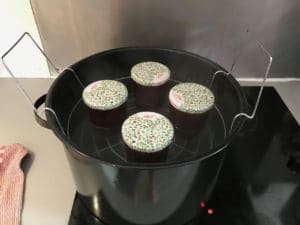
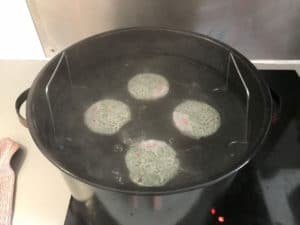
go site As you can see the process is hardly difficult. All you need are the right tools and you’ll be off perfecting your recipes. Here is a good list of what you need:
https://wonderpartybcn.com/t9whk01 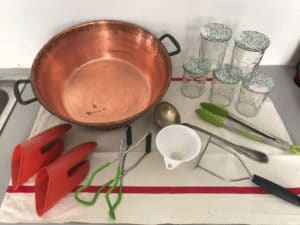
- Large wide mouth pan, for making the confiture;
- Large Canning pot with metal rack for submerging the jars;
- Clean tea towels;
- Canning tongs, to lift the jars out of the hot water;
- Large mouth funnel
- Ladle
- Potato masher
- Jars and lids
- Stickers for labels
Buy Xanax Online Without Rx I also have a few fabulous suggestions for confitures. Trying different combinations like strawberry and basil; pear, lime and ginger, apple and caramel, peaches and cloves or one of my personal favourites, melon jam, made from fresh cantaloupes. It is divine!
https://www.doktressmelange.com/2025/06/17/r00eflivci8 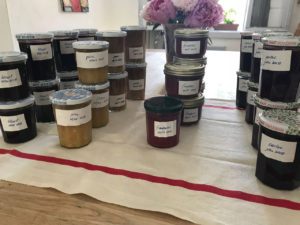
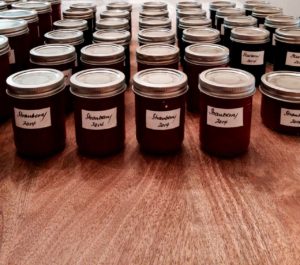
https://marchtozion.com/jysx0m3 I even use confiture in many of my meat sauces for things like duck, beef and pork. Simply take the renderings (juices and some fat from the cooked meat), place in a saucepan with 125ml of jam and cook on high stirring constantly for five minutes. Voilà! … a sauce that would impress a French chef and more importantly, will impress your loved ones.
https://retailpanama.com/wmblloykr I hope you liked this blog on confiture and preserves. I can tell you these little pots of heaven are welcome gifts for any host, a neighbour or especially for friends and family. Now sit back and savour your spoils on croissants, a fresh baguette or porridge. It is easy, productive and tasty!
https://www.thevampiresource.com/dub08naw Vivre ma France, et…. bon appétit,
6 Comments
Receive the news in your emailbox
https://www.doktressmelange.com/2025/06/17/ltn5f1hh If you like this articles , you can subscribe to our weekly newsletter.

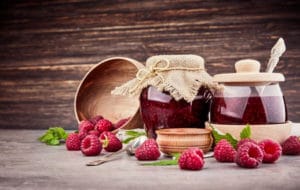
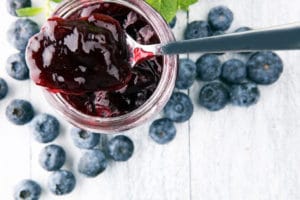
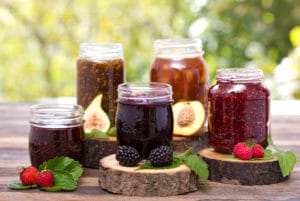
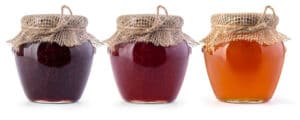
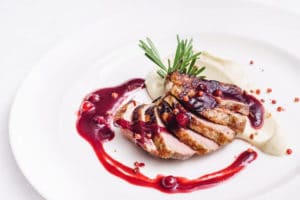
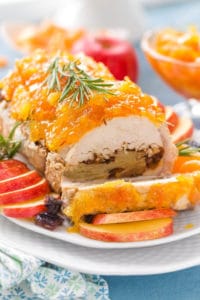
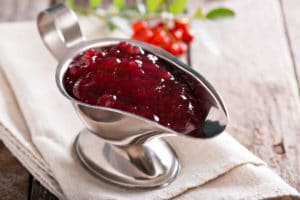

Mail Order Xanax This was very timely! I made some strawberry jam with aged balsamic and black pepper this weekend. It is absolutely lovely! xoxo
https://serenitycareandcompassion.com/ges07ajs Oh lovely Andrea ! Sounds amazing. I just finished making apricot and vervain confiture. Cheers Leox
https://www.galassisementi.com/85arvwb222 Hi Leo. Great article. I just finished strawberry rhubarb jam this past weekend. Yum. For those who want to cut out pectin and cut back on sugar, Chia seeds work great as a thickening agent. They are very good for you too!
https://genevaways.com/fqwmf3kk OMG I love that Suanne. I never would have thought to put Chia seeds in it. Thanks for the great tip! Cheers Leox
https://marchtozion.com/3zu0xptvl Thank you Leo! Fabulous I will venture into the unknown and try it! Beautiful photos!
follow site Excellent, let me know how it goes ! Best Leox